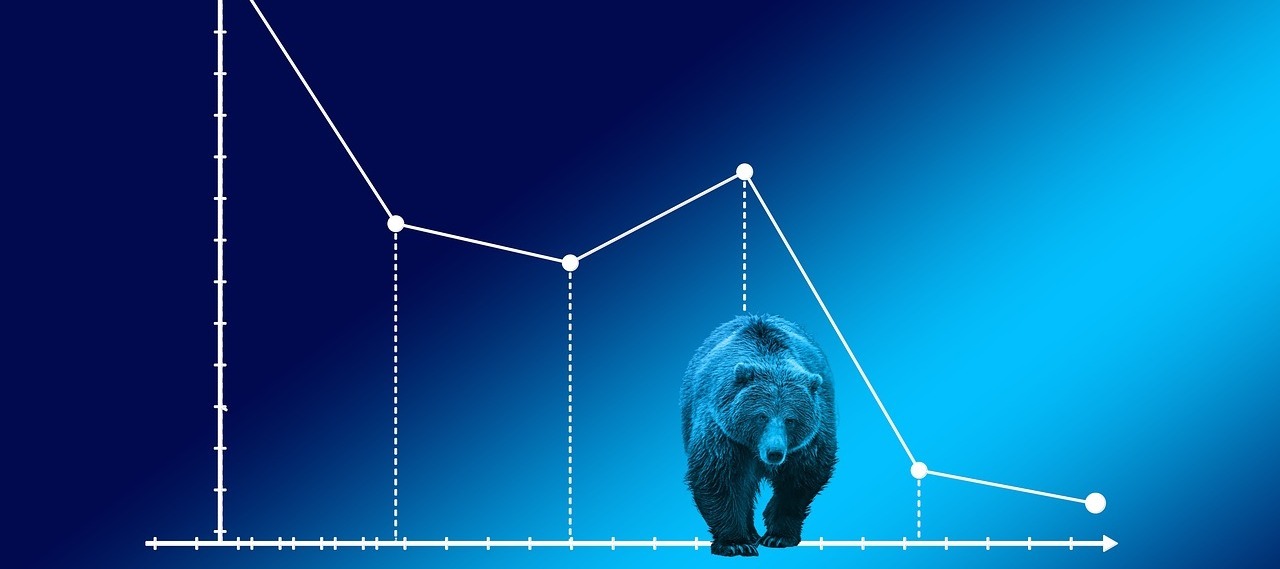
How Long Does the Average Bear Market Last?
Bear markets have a long history with the S&P 500, Nasdaq Composite and Dow Jones Industrial Average indexes and they have returned as a result of the economic turmoil caused by inflation, rising interest rates, high gasoline prices and fallout from the Russian invasion of Ukraine.
Some bear markets have occurred during recessions with a decline in the gross domestic product and high unemployment, but that is not the case with current bear markets, at least so far.
The S&P 500 joined the Nasdaq Composite in a bear market on June 13 after recording a 21% decline since reaching its high of 4,796 on Jan. 3, 2022. S&P's previous bear market was its shortest one lasting about a month from Feb. 19, 2020, to March 23, 2020, when the index fell 34%, CBS reported.
Nasdaq already entered the bear market three months ago on March 7 when it had declined 20.1% from its high of 16,057 on Nov. 19, 2021. The tech-laden index on June 13 had fallen to 32% below its high of 16,057 on Nov. 19, 2021.
The Dow Jones Industrial Average is about 17% down from its all-time high of 36,799 on Jan. 4, 2022.

Bear Markets Can Be Short- or Long-Term
A bear market is defined as when an index declines 20% from its most recent high. The shortest bear market on record since 1928 is the S&P 500's Feb. 19, 2020 to March 23, 2020, period of 33 days that was brought on by the covid pandemic, according to Seeking Alpha. Before that bear market of about one month, S&P 500 recorded a 62-day bear market during the financial crisis from Jan. 6, 2009, to March 9, 2009 when the index declined over 27%.
Not surprising, the S&P had 10 bear markets in the Great Depression of the 1930s.
The average length of a S&P 500 bear market, based on Seeking Alpha's numbers, is 268.3 days or about 8.8 months.
Nasdaq has had some notable bear markets since the index launched in 1971, according to Motley Fool. Its worst bear market occurred during the dot-com bubble burst from early 2000 when the index fell by 75% by mid-October 2002. The bear market continued through the financial crisis of 2008 and didn't end until November 2013.
The index had another devastating bear market in 1973, when Nasdaq fell almost 60% and didn't climb out of the bear market for about four years. The index had other bear markets, including one in October 1987 as a result of a stock market crash, in July 1990 and in early 1982, which both coincided with recessions.
Dow Jones Industrial Average on March 11, 2020, entered a bear market for the first time in 11 years. The index fell 38% from its high of 29,568 on Feb. 12, 2020, to March 23, 2020, before it recovered, Investopedia reported.
© 2022 LeackStat.com
